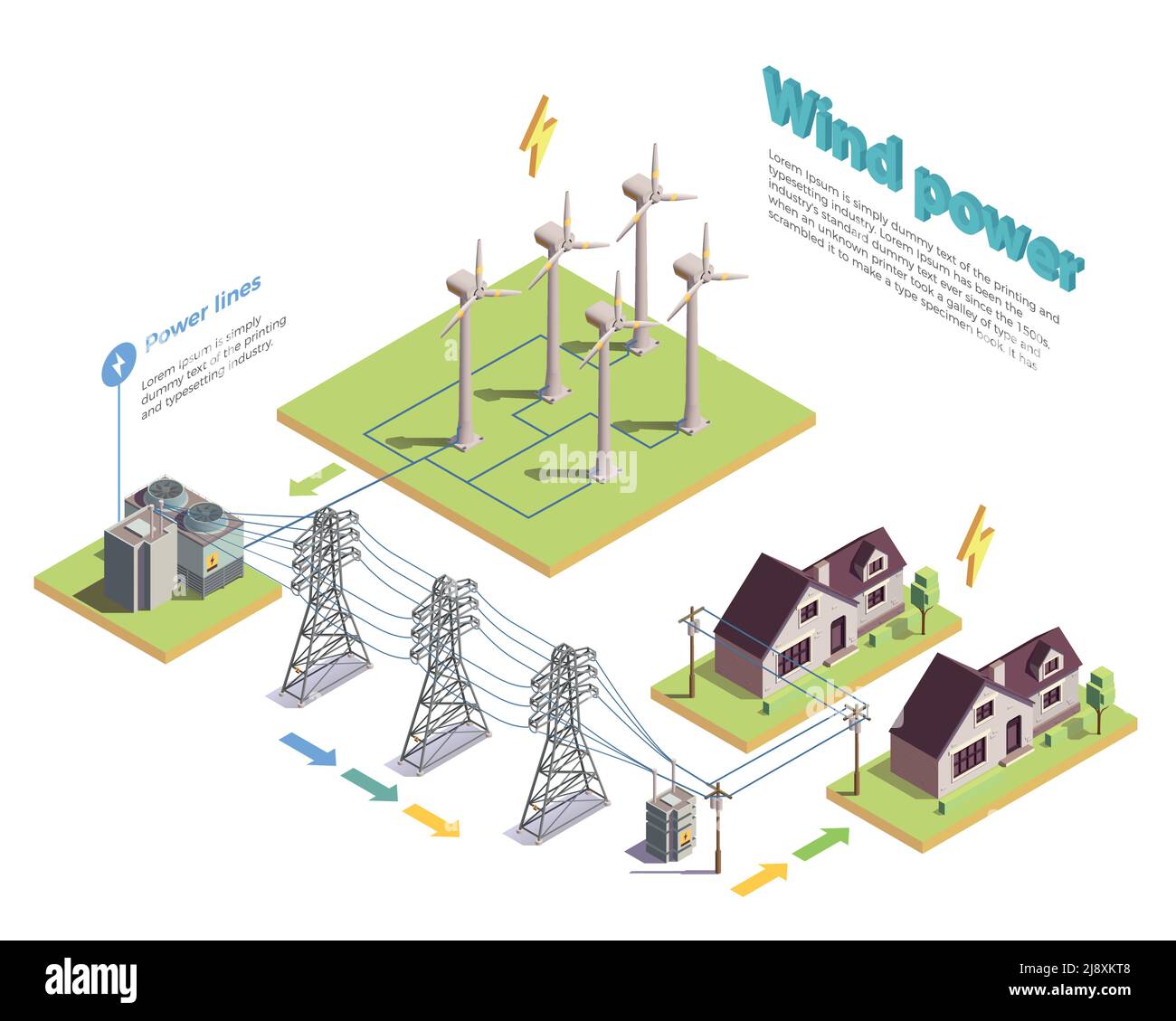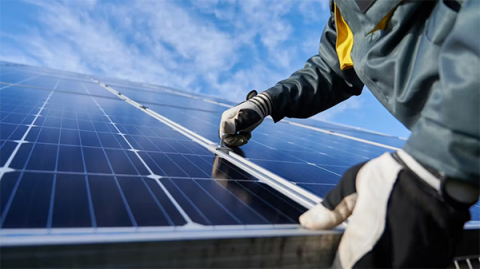Top 10 Energy Production and Distribution Companies

What is Energy Production and Distribution?
Energy production is the process of generating electricity. This happens in power plants that use fuels like coal, natural gas, or uranium. It also happens using renewable sources like sunlight, wind, and water. Energy distribution is the next step. It is the delivery of electricity from power plants to homes and businesses. This happens through a network of power lines, transformers, and substations. This network is called the grid.
How to evaluate an Energy Company
We measure energy companies using several key factors. Capacity is the total amount of power a company can generate, measured in gigawatts. Revenue shows the company's financial size. Geographic reach means how many countries the company operates in. The renewable energy share is the percentage of power from clean sources like wind and solar. Innovation includes investments in new technology like battery storage. Reliability measures how few power outages customers experience.
The Leading Global Energy Companies
Here are ten of the world's most important energy production and distribution companies.
State Grid Corporation of ChinaState Grid is the world's largest power utility company. It operates the electricity grid for most of China. The company is a global leader in developing and implementing Ultra-High Voltage (UHV) transmission technology. This technology moves massive amounts of power over very long distances with minimal loss.
ExxonMobilExxonMobil is primarily a major oil and gas company. However, it is also involved in power generation. The company uses its natural gas resources to produce electricity. It is also researching advanced biofuels and carbon capture storage technologies.
NextEra EnergyNextEra Energy is the world's largest producer of wind and solar energy. This American company operates a massive fleet of renewable energy projects. It also owns Florida Power & Light Company, which distributes power to millions of customers. They are a leader in integrating renewables into the grid.
EnelEnel is an Italian multinational energy company. It has a huge global presence with a strong focus on renewables. Enel owns a vast number of wind, solar, and geothermal power plants worldwide. The company is heavily investing in digitalizing its grid to make it smarter and more efficient.
Duke EnergyDuke Energy is one of America's largest electric power holding companies. It provides electricity to millions of customers in the Southeast and Midwest U.S. The company operates a diverse mix of power plants, including nuclear, coal, natural gas, and renewables. It is actively modernizing its grid infrastructure.
IberdrolaIberdrola is a Spanish leader in renewable energy, especially wind power. The company has made huge investments in offshore wind farms. It also operates significant electricity networks in several countries, including the United States (through its subsidiary Avangrid) and the United Kingdom.
BPBP is a major energy company traditionally known for oil. It is now transforming into an integrated energy company. BP has set ambitious goals to increase its investments in renewable energy, electric vehicle charging, and low-carbon hydrogen.
Southern CompanySouthern Company is a leading U.S. energy provider. It serves millions of customers. The company is known for its large-scale nuclear power operations. It is also developing renewable energy projects and technologies to capture carbon emissions from power plants.
Dominion EnergyDominion Energy is a significant U.S. power and energy company. It operates one of the nation's largest natural gas storage systems. The company is also a leader in developing offshore wind farms off the coast of Virginia. It is transitioning its fleet to more clean energy sources.
Électricité de France (EDF)EDF is a French state-owned electric utility company. It is a global leader in nuclear energy, operating a large fleet of nuclear power plants. The company is also expanding into renewable energies like hydropower, wind, and solar around the world.
The Role of Technology in Energy
Technology is changing how we manage energy. Smart grids use digital communication to detect and react to local changes in usage. This improves efficiency and prevents blackouts. Advanced battery storage systems are crucial. They store excess solar and wind power for use when the sun isn't shining or the wind isn't blowing. These technologies help companies integrate more renewable energy reliably.
Challenges with Renewable Energy
Adding more solar and wind power to the grid is a key goal. But it creates challenges. The sun and wind are intermittent. This means they do not produce power all the time. Energy companies need flexible solutions to balance supply and demand. They use quick-start natural gas plants and large-scale batteries. They also upgrade the grid to handle power flowing from many different sources, like rooftop solar panels.
Global Energy Trends
The global energy sector is moving toward decarbonization. This means reducing carbon dioxide emissions. Many companies have set goals to reach net-zero emissions. Digitalization is also a major trend. Companies use AI and data analytics to optimize power plants and grid operations. The growth of electric vehicles is also creating new demand for electricity and new challenges for the grid.




